In response to a firestorm of criticism from the media and consumers, Apple held a press conference Friday to address issues with the iPhone 4 antenna. During the conference, chief executive Steve Jobs said the antenna problem was "a challenge for the entire industry."
Jobs then highlighted several phones also experiencing signal loss when gripped, including the BlackBerry Bold 9700 from RIM, Samsung Omnia II, and the HTC Droid Eris. He also specifically called out Nokia when he said, “You can go on the web and look at pictures of Nokia phones that ship with stickers on the back that say ‘don’t touch here’.â€
Shortly after the press conference, Apple added a new section to its site to explain "smartphone antenna performance." The Blackberry Bold 9700, HTC Droid Eris, and Samsung Omnia II were again displayed alongside the iPhone 4 and iPhone 3GS as suffering from a drop in signal when covering the "weak spot."
For their part, RIM dismissed these references as an unacceptable "attempt to draw RIM into Apple's self-made debacle." The official statement, signed by co-CEOs Mike Lazaridis and Jim Balsillie, went on to highlight their company as a "global leader in antenna design" that has been designing "industry-leading" products for over 20 years. The Ontario, Canada-based company called on Apple to "take responsibility" for its design decisions, rather than "trying to draw RIM and others" into the situation.
In similar fashion, Nokia's statement emphasized its role as "the pioneer in internal antennas." The statement also noted that antenna design "has been a core competence at Nokia for decades." Although the statement does not specifically mention Apple, several of the points it makes can be taken as responses to Apple. For example, "As you would expect from a company focused on people, we prioritize antenna performance over physical design if they are ever in conflict."
The Finland-based company admitted that "antenna performance of a mobile device/phone may be affected with a tight grip," but went on to assure that they allow for this in their designs, citing as examples "thousands of man hours" of study, placement of antennas, and "careful selection of materials."
In June, Nokia's official blog poked fun at the iPhone 4 "death grip" issue. The post included a variety of pictures showing a range of grips, encouraging consumers to feel free to hold their Nokia device any way they like without suffering any signal loss.
Users of the site then posted links to videos showing signal loss on several of Nokia's handsets, as well as instructions from a Nokia manual warning users "to avoid touching the antenna area" and that "contact with antennas affects the communication quality."
 Josh Ong
Josh Ong





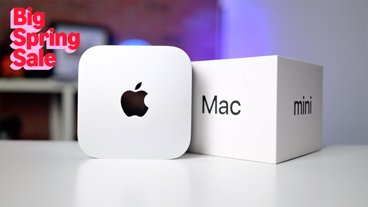
-m.jpg)






 Christine McKee
Christine McKee
 Wesley Hilliard
Wesley Hilliard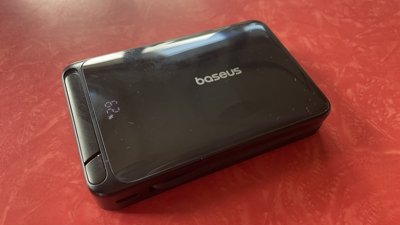
 Thomas Sibilly
Thomas Sibilly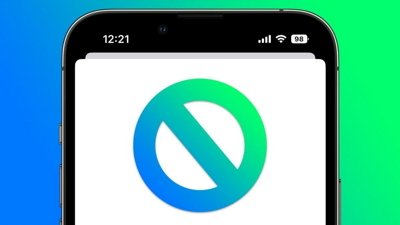
 Marko Zivkovic
Marko Zivkovic
 Andrew O'Hara
Andrew O'Hara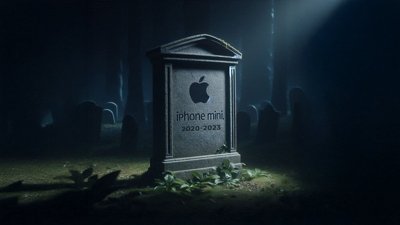
 Amber Neely
Amber Neely
 William Gallagher
William Gallagher
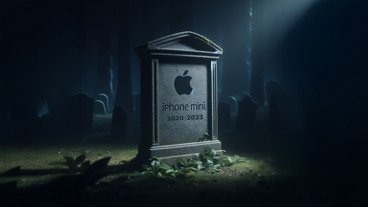

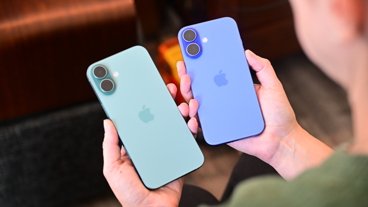






547 Comments
Videos: death grip on EVO, Droid Incredible, Nexus One, Galaxy 1, G1, etc.
* Samsung I9000 Galaxy S: http://www.youtube.com/watch?v=LROTHrTR92k
* HTC Evo Signal Attenuation: http://www.youtube.com/watch?v=2pj2YBYTbag
* Samsung Galaxy 1:http://www.youtube.com/watch?v=
* Samsung Galaxy 2:http://www.youtube.com/watch?v=oPCQdYtPihg
* Droid Incredible: http://www.youtube.com/watch?v=eaDE941PzQk
* Droid Incredible (With Network Extender in Room): http://www.youtube.com/watch?v=VpEQH...eature=related
* Nexus One: http://www.youtube.com/watch?v=qEIA_lMwqJA
* Nexus One vs. iPhone (start at 1:29): http://www.youtube.com/watch?v=NvMoV4_C4aA
* Nexus One: http://posterous.com/getfile/files.p...n_-_iPhone.m4v
* Nexus One (after Google's update to correct): http://www.youtube.com/watch?v=x2g5J4qPp54
* Nexus One: http://www.youtube.com/watch?v=deCkjeHYT-g
* Android G1: http://www.youtube.com/watch?v=3CDaxhjUs9M
* "Major signal degradation when Nexus One is picked up" (N1 Thread on On this Problem): http://www.google.com/support/forum/...9184c33e&hl=en
Well it seems this problem is a general one
Well it seems this problem is a general one
It is, but RIM was right in what they said. Apple used other examples to divert attention to their specific problem, which is signal decrease higher than the norm in terms of dbm. There was no need to draw them into this, especially if they weren't going to be thorough in the style of anandtech and show exactly how this counts in terms of dbm and how it affects the performance of the phones.
But a huge to do is being made of the Apple issue, when this is not a solely Apple-related problem. People in glass houses shouldn't be throwing stones and all that. Apple is perfectly in their rights to defend themselves. Consider the examples they use as court evidence that they are not alone. This kind of thing could well end up being very important in keeping class action lawsuits from coming Apple's way if the judge is able to look around and freely see that it isn't an Apple-only issue.
I watched the press conference and read the Q&A session as well. Thanks to Jason Snell's excellent work at MacWorld.
I came away satisfied and impressed with Apple's take on the 'problem.' I'll now sell my 3Gs and order an iPhone 4. If nothing else, but for the thinner form factor, 40% increased battery life and the improved camera with flash.
Apple's products are great and superior to anything else that is being manufactured from smart phones to laptops.
To expect a device to perform 100%, 100% of the time is unrealistic in the real world. I can see if it's an iPod which is a closed system and you want to play a song, then yes, it should work 100% of the time. But to expect a smart phone to never drop calls or have low reception at times is just setting yourself up for disappointment.
Based on the evidence presented, I agree with Jobs that it has been way overblown and for me is a non-issue.
I would encourage everyone to watch the video of the press conference. It is very informative and I learned a lot.
Steve should do one every Friday. Below is the link! Best.
http://events.apple.com.edgesuite.ne...ent/index.html
The best thing now is that they all are united on a common difficult challenge. Fighting is bad for the business and the CEOs, not us!
And by the way....... I remember the days with Nokias 6210 to well. A bad bad phone with crazy many faults.